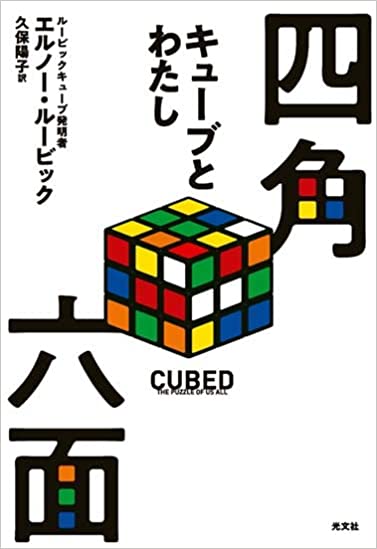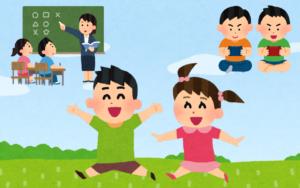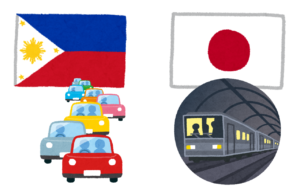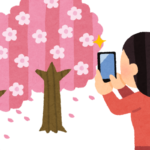
When we say "square guy" in Japanese, we mean a serious, uninteresting, simple-minded person.
The Lubic Cube, with its six uninteresting squares and six sides, became very popular worldwide.
Invented by Hungarian architect Ernaud Lubic in 1974 and released in 1977, the Lubic Cube spread around the world by word of mouth. In Japan, it was released in 1980 and became a huge boom.
According to records, the price at the time was 1980 yen, so it was not cheap. It seems that it was positioned as a mathematical puzzle for adults rather than a toy or a game.
I was already an office worker, but I was not interested in games and puzzles, so I didn't buy them, but I did have a hand in one that someone else had bought.
I was good at breaking apart the colors of a cube that had six sides of matching colors, but I remember not being able to match any of the sides, let alone six
I recently read a book by its creator, Mr. Rubik, titled "Six Sided Square, Me and the Cube.

The book describes the background of the birth of the Rubik's Cube, the craze that followed its boom, and what happened afterwards. The author says that he is not good at writing, but it is a very interesting book.
The curious thing about the Rubik's Cube is that the nine smaller cubes, each side 3 x 3, that make up the cube move apart. The book also details the trial-and-error process that led to the completion of the structure and mechanism that creates this movement.
I'll give you the interesting parts of the book.
Learning is not a collection of knowledge. It is a skill acquired through repeated practice.
Knowledge is not merely an accumulation of facts, but something deeper, an understanding of the connections and relationships between facts.
It requires the ability to distinguish between useful and worthless information. Knowledge is how we reach our goals through success and failure. If we are lucky, we can remember our successes and failures.
Learning is a lifelong process, but childhood learning is the most vivid.
Children begin asking questions around the age of three. Most of the time, they begin with "Why?
As we grow up, we learn how to answer questions, but without realizing it, we lose the ability to ask questions.
The competing factor for consumer attention and satisfaction has shifted rapidly to a richer experience in which beauty is key.
The cube has become iconic because of its unusual functionality.
But just as important, the cube harmonizes head, heart, and hand in a way that makes it suitable for manipulation in performing tasks that require instantaneous emotional awareness, such as color.
There is more to be written that I would like to introduce.
In school, the greatest emphasis is on cramming knowledge, having students memorize that knowledge, and solving problems based on that knowledge. When you enter a company, you are expected to figure out how to solve various problems.
As the book states, the most important thing would be to ask the question, "Why?"
Google teachers can answer our questions with ease, but if we don't turn them into learning, we will never acquire real knowledge.
I encourage children to play because it is in play that they awaken to the "Why?" question and the joy of gaining real knowledge in the midst of things that go wrong and things that go right.
As I was reading the book, I felt like buying a Rubik's Cube and giving it a try. If I start now, I might be able to get all six sides at least once before I die.









